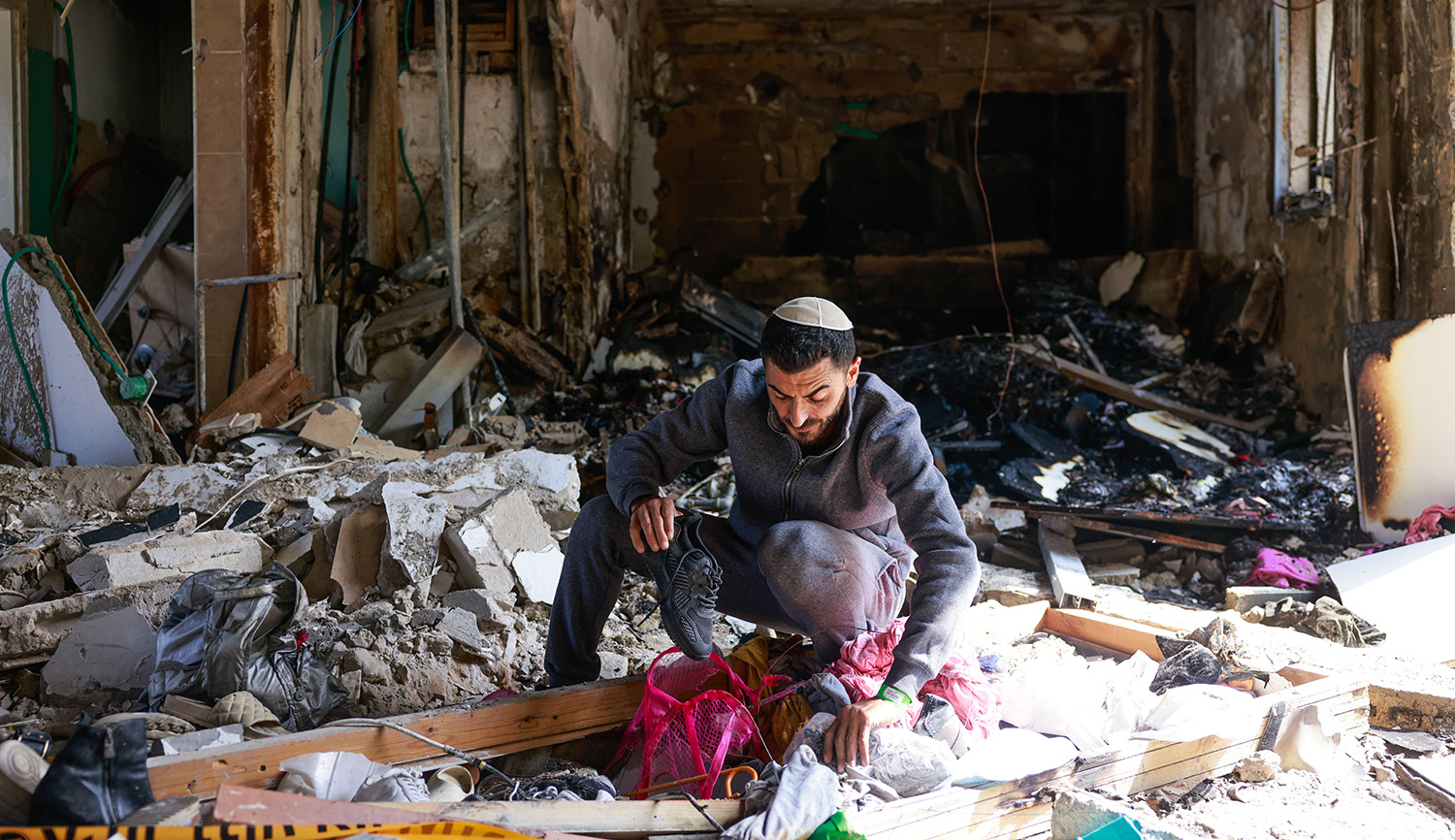After failing in 1948 to stop the U.S. from supporting the creation of a Jewish state, writes Samuel Tadros, the Middle East experts of the State Department put forth the theory that America could not achieve its strategic goals in the region without first solving the Arab-Israeli conflict. This soon became “dogma” in Foggy Bottom, at think tanks, and in academia. Even President Trump, for all his unorthodoxies, is not immune to the allure peacemaking.
In reality, no one [in the Middle East] actually cared about the Palestinians, at least not the region’s rulers. [Their] priorities were everywhere besides Palestine: toppling the monarchs for some, searching for hegemony for others, or, for most, simply protecting their rule from revolutionary upheaval. The Palestinians, if they were considered at all, served simply as a bargaining chip; a cause to rally supporters and attack opponents.
Despite this, Washington’s Middle East experts were not deterred. The centrality of the issue was never to be questioned, but the method to solve it changed.
[Today], stepping back from the details and daily changes on the ground, [it is necessary to confront] an inconvenient proposition: maybe there is no solution to the conflict. After all, it is uniquely American to think that every problem must have a solution. Maybe the reality is that there are two peoples who claim the same piece of land and that no amount of effort or innovative solutions can solve this simple fact.
Describing America’s [involvement] in Egypt in the 1950s, [the great scholar] Fouad Ajami noted that “Ancient civilizations stir the imagination: they have a kind of malleability that enables others to read into them what they want; they can be hotbeds of revolution or fragile entities ready to be courted and redeemed. They invite those who have a sense of destiny.” The quest for destiny in the Holy Land is doomed to end in misery.
More about: Fouad Ajami, Israeli-Palestinian Conflict, State Department, US-Israel relations


